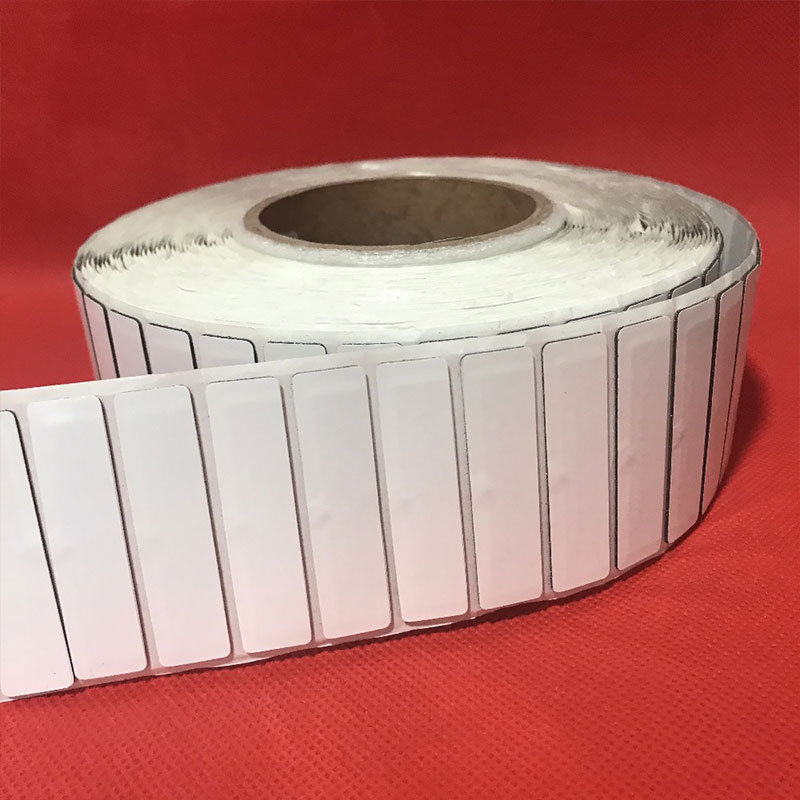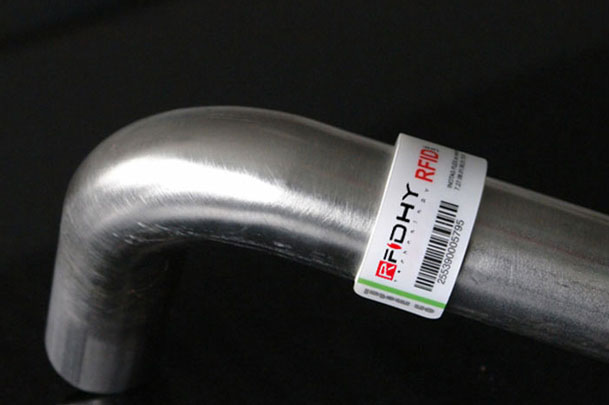Today, RFID inventory management systems have made it possible for retailers to track every aspect of their inventory easily. RFID technology can be used to collect customer analytic and other personal information to understand their purchasing habits better. With the RFID technology Australia, retailers can easily carry out an inventory, confirm available items, and identify each unique item. Also, RFID technology can help mitigate labeling errors, automate ordering process, and prevent the sale of fake items.

Features of the Inventory Management System
Some features of RFID inventory management system include:
Real-Time Visibility
Modern RFID technology help deliver instantaneous data through active and passive RFID devices. Such data will be displayed on custom dashboards. Thus, providing a more accurate, up-to-date picture of your inventory.
Device Management
Also, modern RFID technology systems are able to manage external hardware and devices seamlessly. The RFID system can be used with sensors, printers, encoders, and more.
Event Monitoring
RFID technology Australia can also be used to monitor events and generate real-time actions and notifications. Such notifications may be video-based and email-based notifications. The notification will pop up depending on real-time data. For instance, the store management will receive an alert when an item becomes low on available stocks.
Pinpoint Accuracy
In addition, modern RFID technology is very accurate. These systems can track and locate inventory items. Thus, helping operators to determine an item’s location.

Platform Integration
In addition, you can apply the modern RFID system to various platforms, including desktops, mobile systems, and web-based systems. Also, it is possible to integrate the system with a wide range of ERP, WMS, and proprietary systems, such as MySQL, Oracle, MS SQL Server, FTP/SFTP, XML, and Web Services.
Customization Options
Above all, modern RFID systems are customize. The operator can create a custom solution to meet their unique business needs. Also, there are salable RFID asset management Australia solutions ranging from enterprise-wide applications to select area monitoring.
How to Setup RFID Inventory Management Solution
Below is a step by step guide to set up the RFID inventory management solution:
Gather RFID System Components:
Before implementing the RFID inventory system, retailers must purchase the necessary tools and components. These include RFID readers, an RFID printer, and RFID tags. Also, you may need to purchase the Portal Track Software to track the RFID tags.

Place the RFID Tag
After acquiring all the required components, the next thing is to set up the RFID inventory system.
Physically place the RFID tags on the existing tags of each product.
If possible, make use of the tamper-proof versions of RFID tags for loss prevention.
Place the tags in such a way that they can be scanned quickly and easily.
Ensure that the tags do not cover up any other crucial information, like the bar-code labels.
Place the tags in a way that will be appealing to customers.
Also, ensure that the tag placement is suitable enough throughout the sales process.
Install RFID Readers
There are two types of RFID readers; these include:
Mobile: Mobile readers are traditionally used for inventory and search functions.
Fixed: Fixed readers and antennas may be used at specified checkpoints to gather data.
Setup Asset Tracking Software
Finally, install and implement the software necessary to track all products marked with the RFID tags. This will help handle all processes, including printing, placement, and reading the RFID tags. Also, the interface will help monitor and track the RFID tags, and provide immediate reading and reporting on the amount of inventory available in-store.
In conclusion, the RFID inventory management system remains the most efficient method through which retailers can track inventory. With RFID inventory management Australia, businesses across Australia can set up a system that can help manage every aspect of their inventory.





